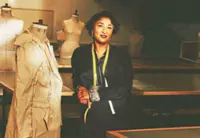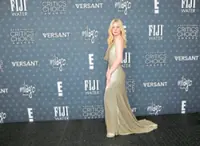The film offers insight into how Donyale Luna went largely unknown for years. Photo: AP
As the first Black model to grace the cover of Vogue and Harper’s Bazaar, a muse to Andy Warhol and Salvador Dali and a film star, Donyale Luna’s life story was ready made for Hollywood.
So how did the statuesque beauty who broke down barriers go unknown for years?
Already a subscriber? Log in
Save 30% OFF The Star Digital Access
Cancel anytime. Ad-free. Unlimited access with perks.





